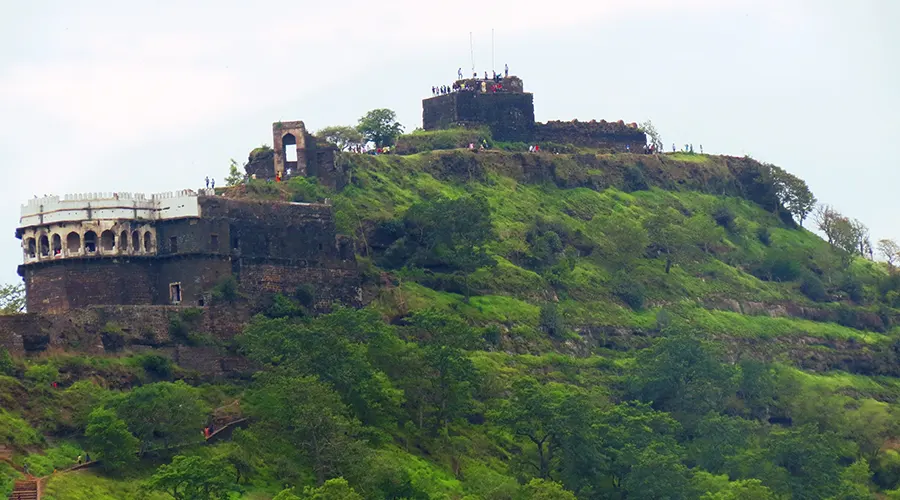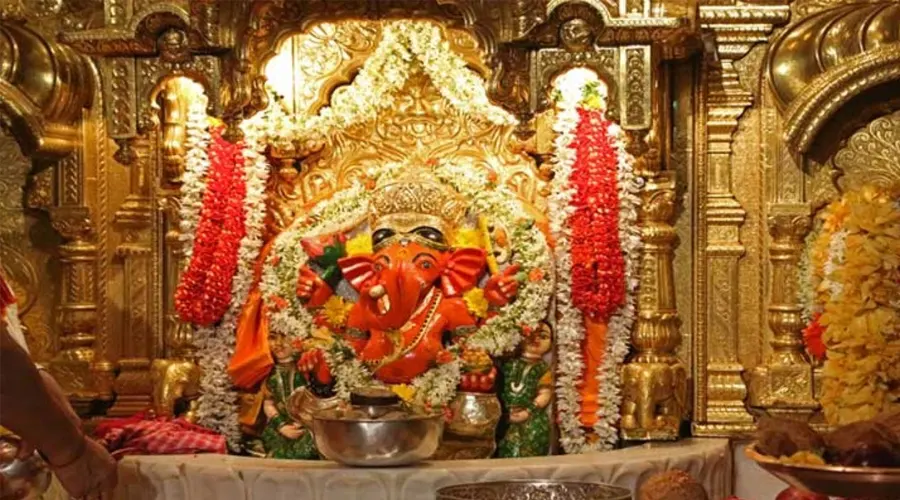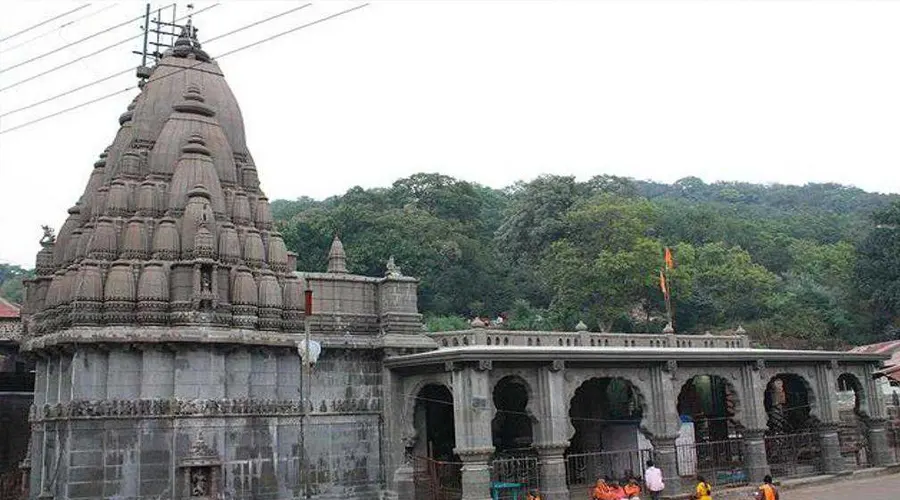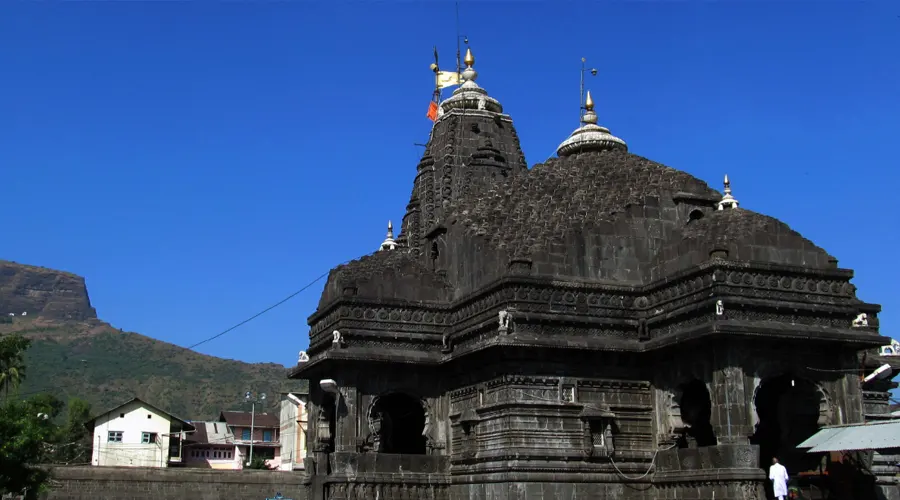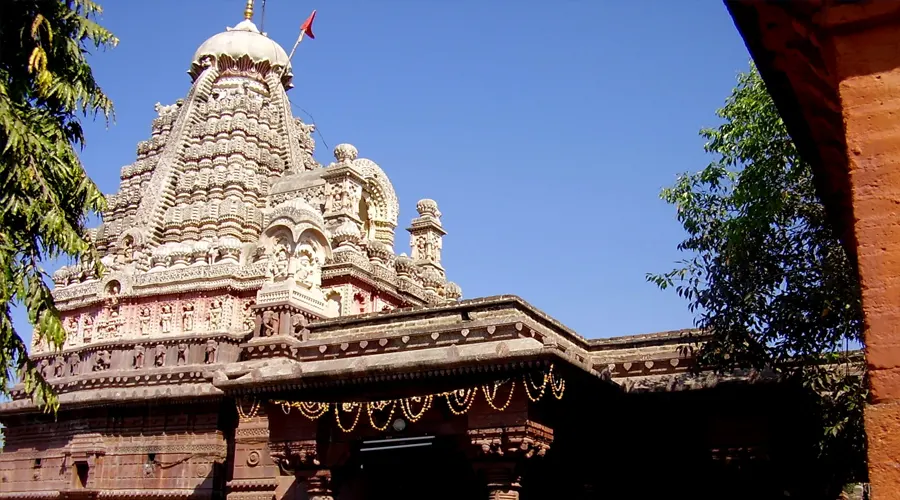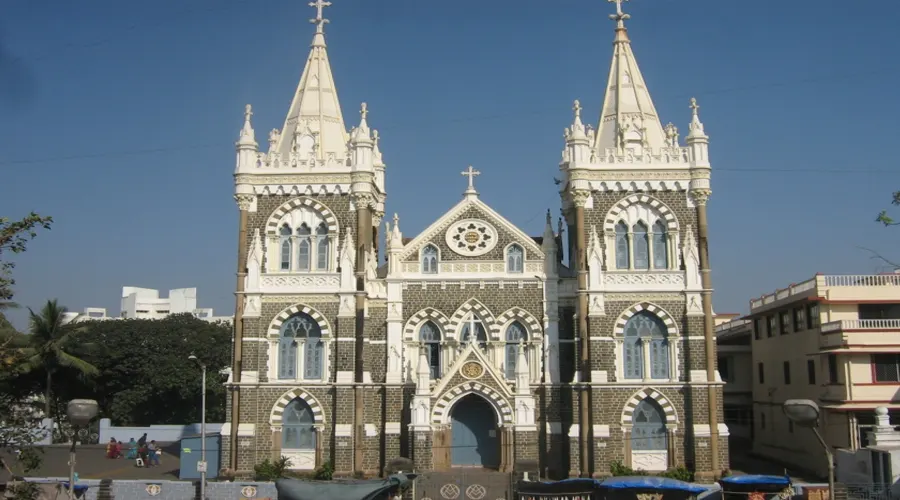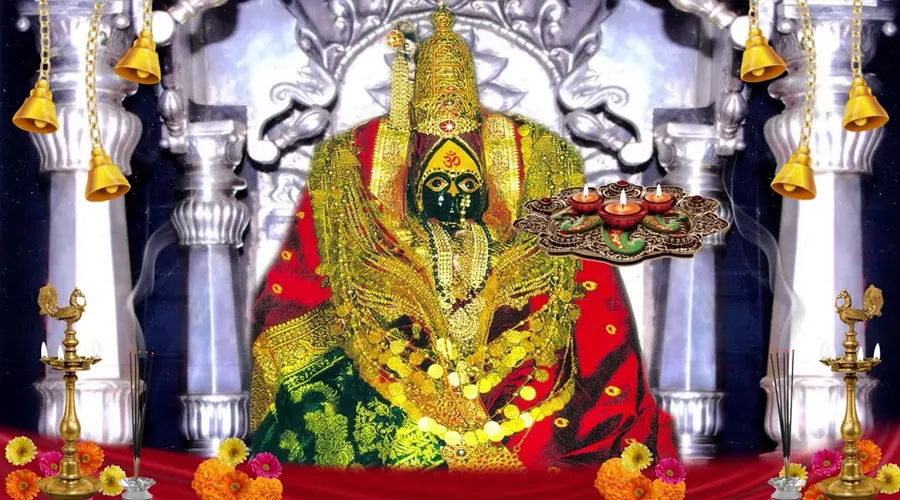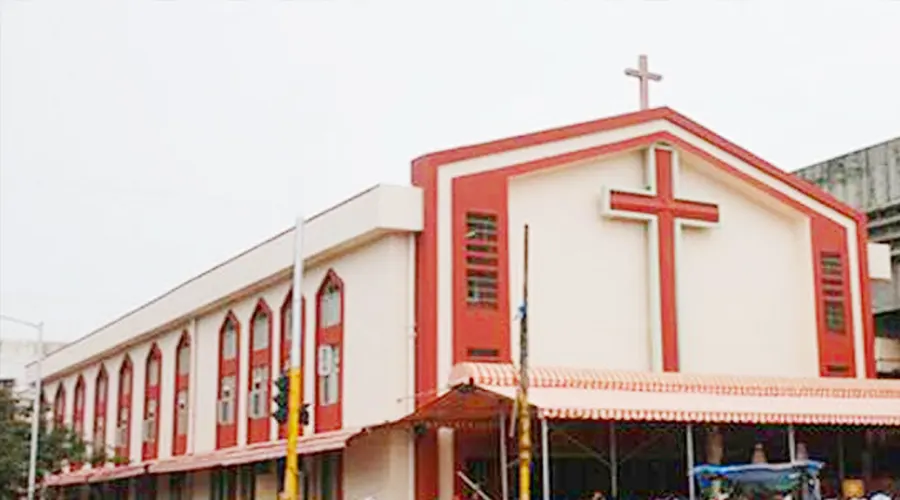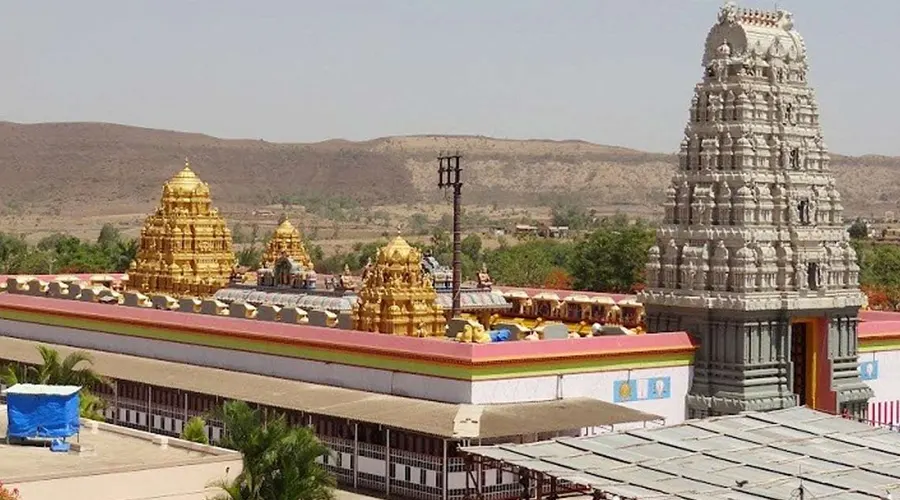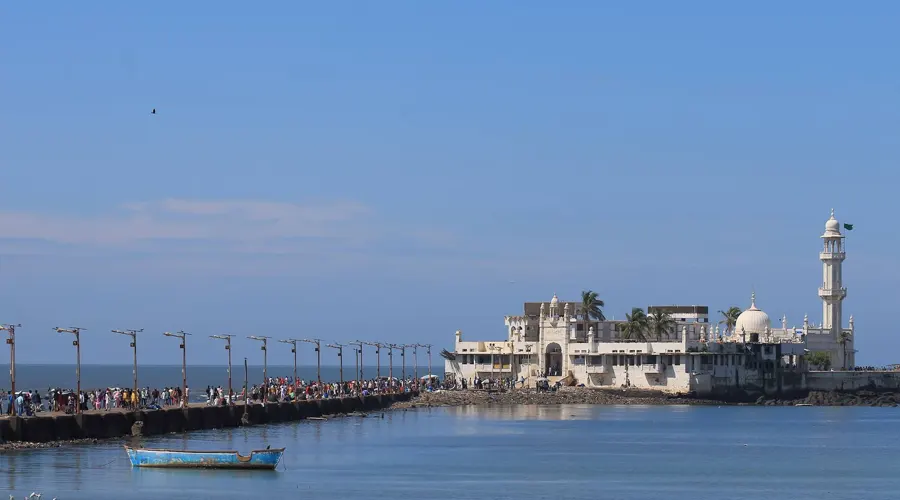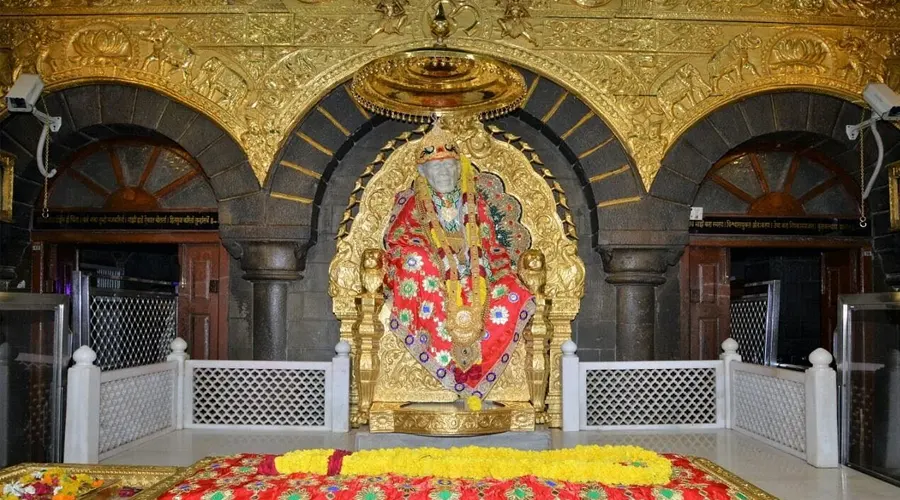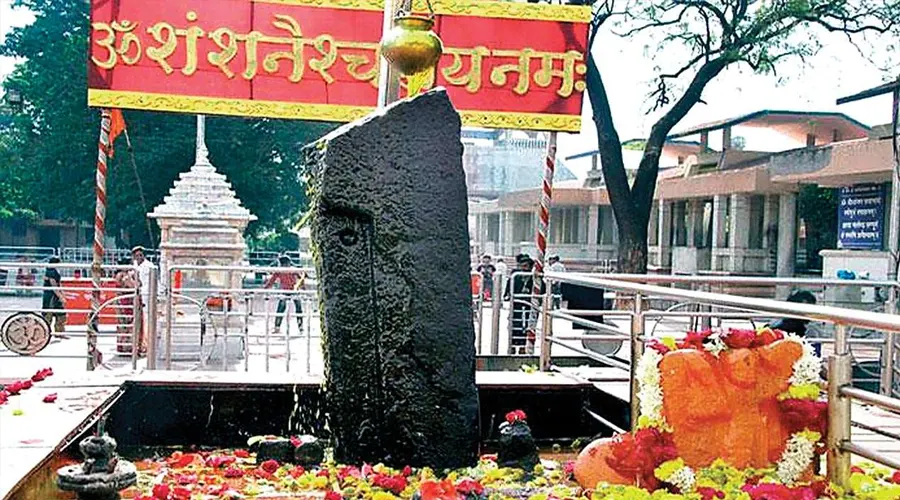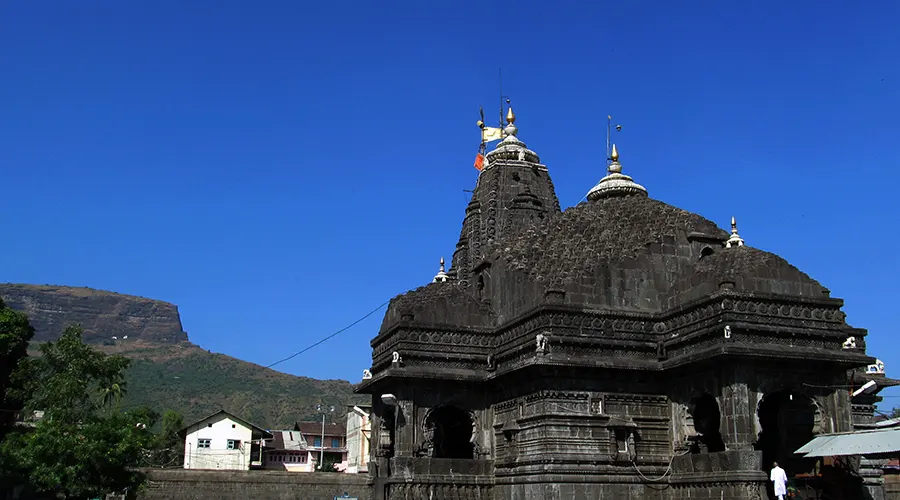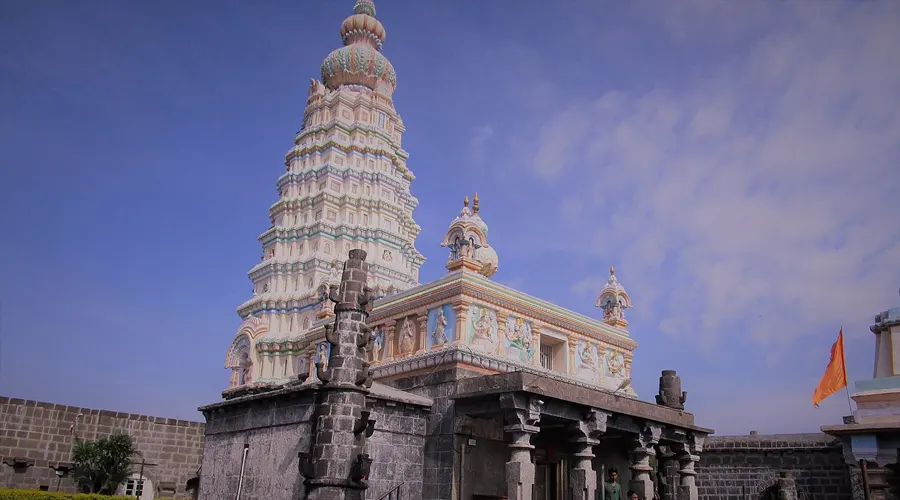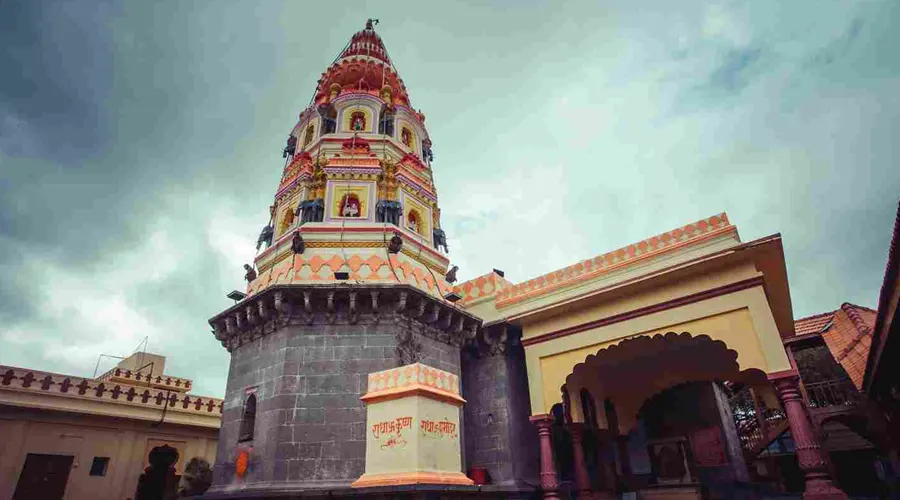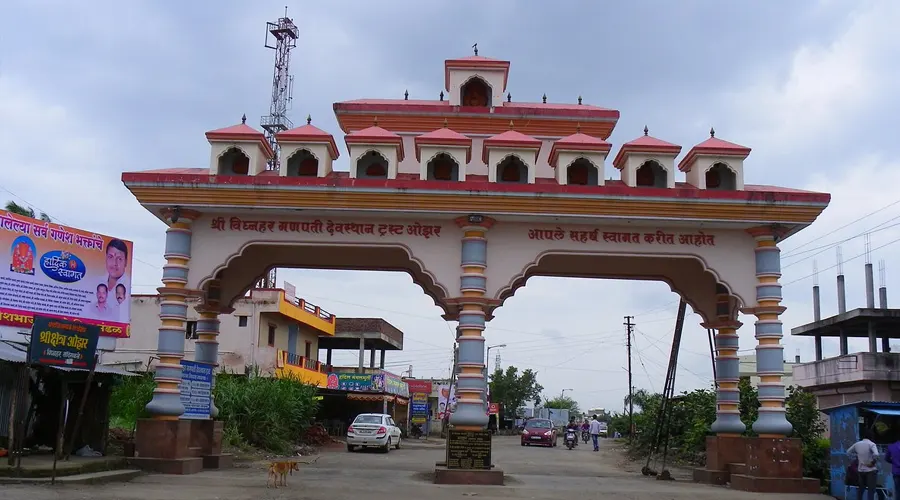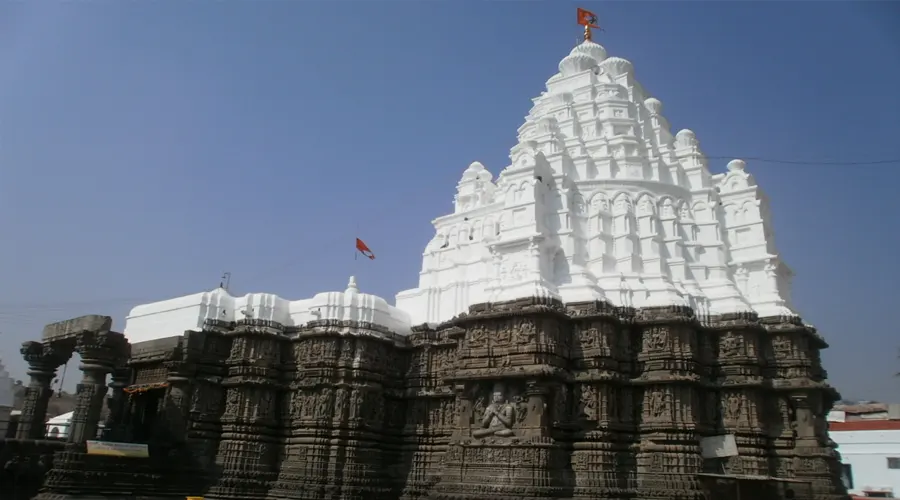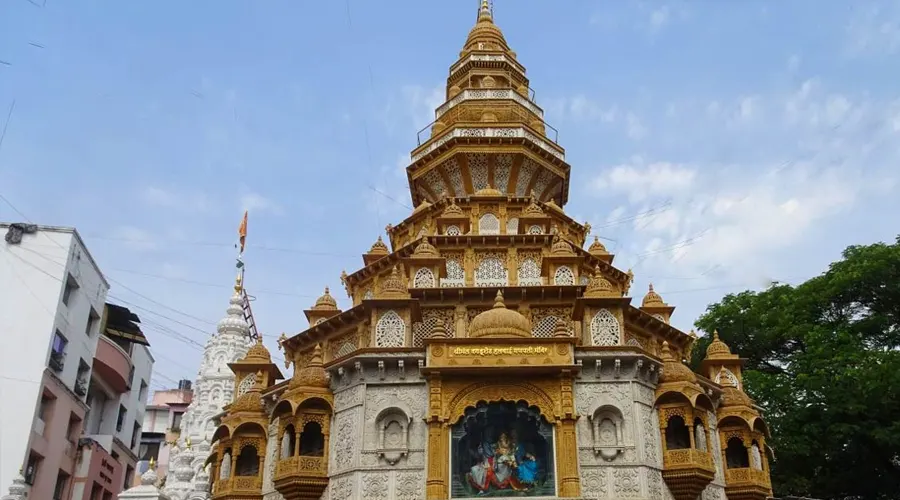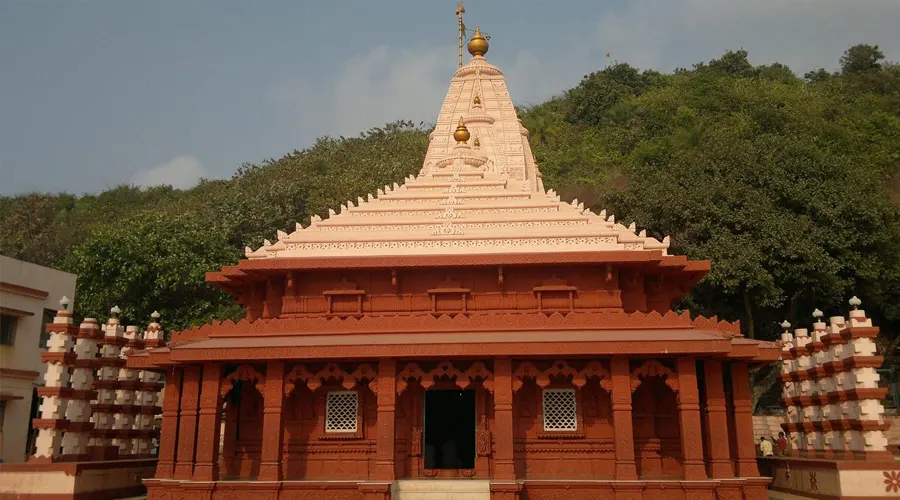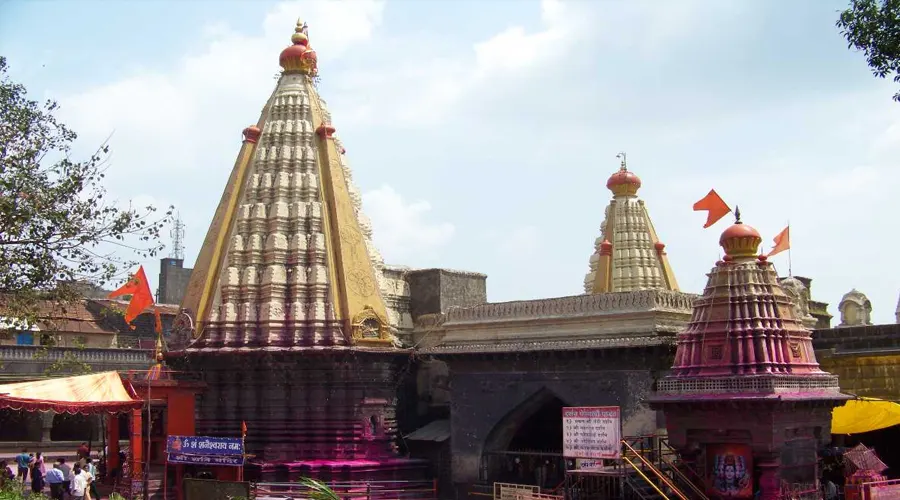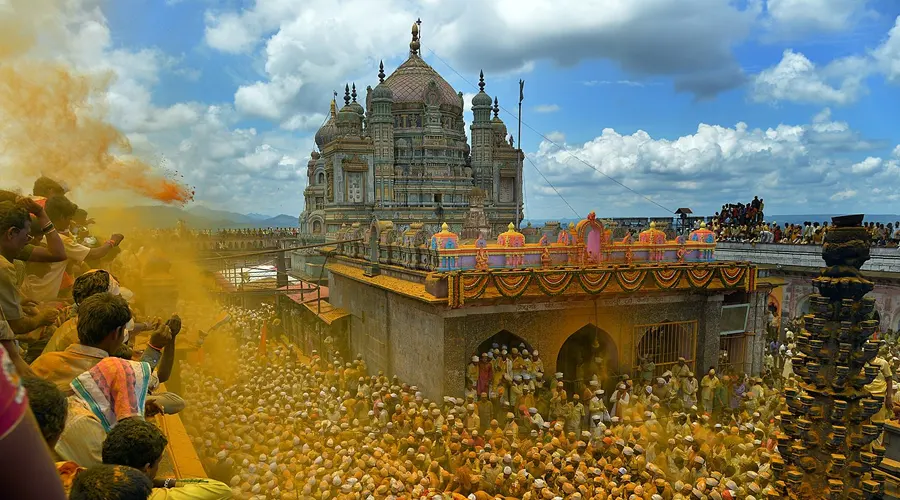Devagiri Daulatabad Fort
Quite rightly referred to as one of the ‘Seven Wonders of Maharashtra’, the Daulatabad Fort is a nature lover’s paradise for its sprawling greenery. Built in the 12th century, this architectural beauty offers an enchanting view of the entire city, after a climb of around 750 steps and it is one of the best historical places in Maharashtra.
What stands out here is the design style and structure of the monument. Daulatabad Fort is built atop a 200-meter-high conical hill, owing to which, not only is the view from the top a sight to behold but given its strategic location, the historical monument could not be attacked by the enemies. Visit this spot to take a walk-through history, quite literally.
History
The town of Daulatabad was once known as 'Devgiri' meaning 'the hill of gods'. The entire township was developed by the King of the Yadava dynasty, Raja Bhillamraj Yadav in 1187. The fort is considered among the best-preserved forts in the country and has survived several years without any alteration. The prosperous kingdom of the Yadava dynasty was taken over by the Tughlaq dynasty of Delhi under the leadership of Mohammad Bin Tughlaq who captured the town of Devgiri along with the two forts.
At the beginning of 1327, when the city of Devgiri was taken over by the Tughlaq dynasty, the name of the place was forcefully changed from Devgiri to Daulatabad. In 1328, Daulatabad was completely taken over by the Sultanate of Delhi and was established as the capital of the Tughlaq dynasty for the coming two years. The huge population was moved to Daulatabad to set up the rule of the Tughlaq dynasty in the city. The city was abandoned by the Delhi rulers due to the lack of water supply in the area. Within two years, the capital of the Tughlaq dynasty was soon shifted back to Delhi leaving Daulatabad in an abandoned state.
Architecture
Spread across an area of over 94 hectares, the Daulatabad Fort Complex is a fine example of architectural genius. It used to house small fortified sectors that served specific purposes. These included Ambarkot (area for common people), Mahakot (residential area for people belonging to higher social strata), Kalakot (royal residential area), and Balakot (the pinnacle of the fort where the flag fluttered).
The fort complex also housed several structures including palaces, public audience halls, reservoirs, step wells, temples, mosques, court buildings, gigantic tanks, royal baths, and a victory tower, among others. Many of these structures were added to the fort as they passed from one dynasty to another. The citadel also had a unique water management system, several cannons, and ten incomplete rock-cut caves.
Back in the golden days, the fort boasted of a robust defense system comprising of a wet moat, a dry moat, a glacis, and three fortification walls with bastions and gates at regular intervals. A narrow bridge, where only two individuals can walk at a time, was the only means of access to the fort. A rock-cut tunnel, lofty gates equipped with iron spikes, gun turrets positioned at strategic locations, false doors, stone wall mazes, complex entryways, and curved walls were its other prominent defense features. Unlike other forts, a single doorway acted as the entry and exit point of the fort.

